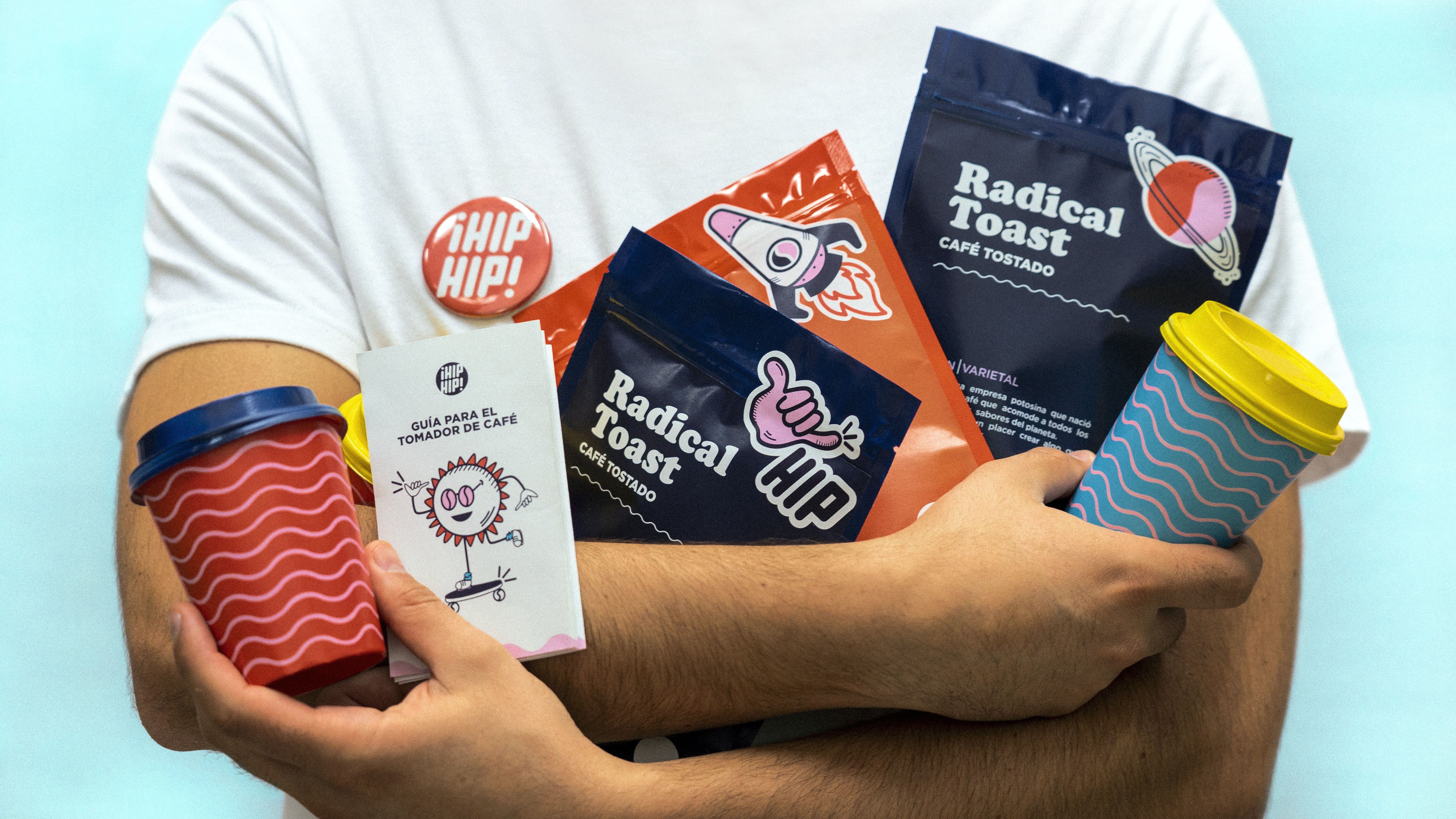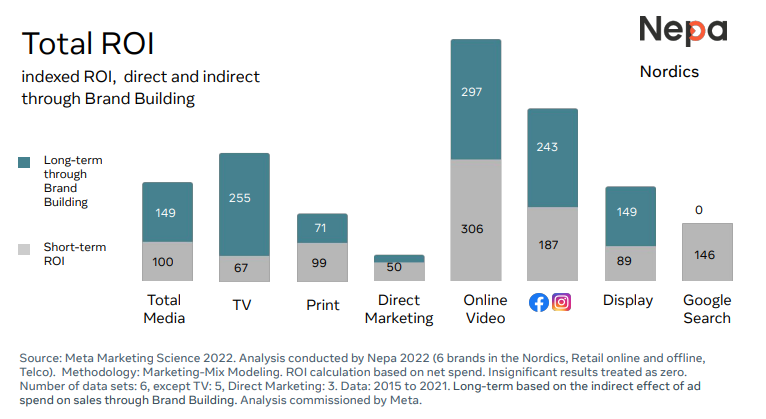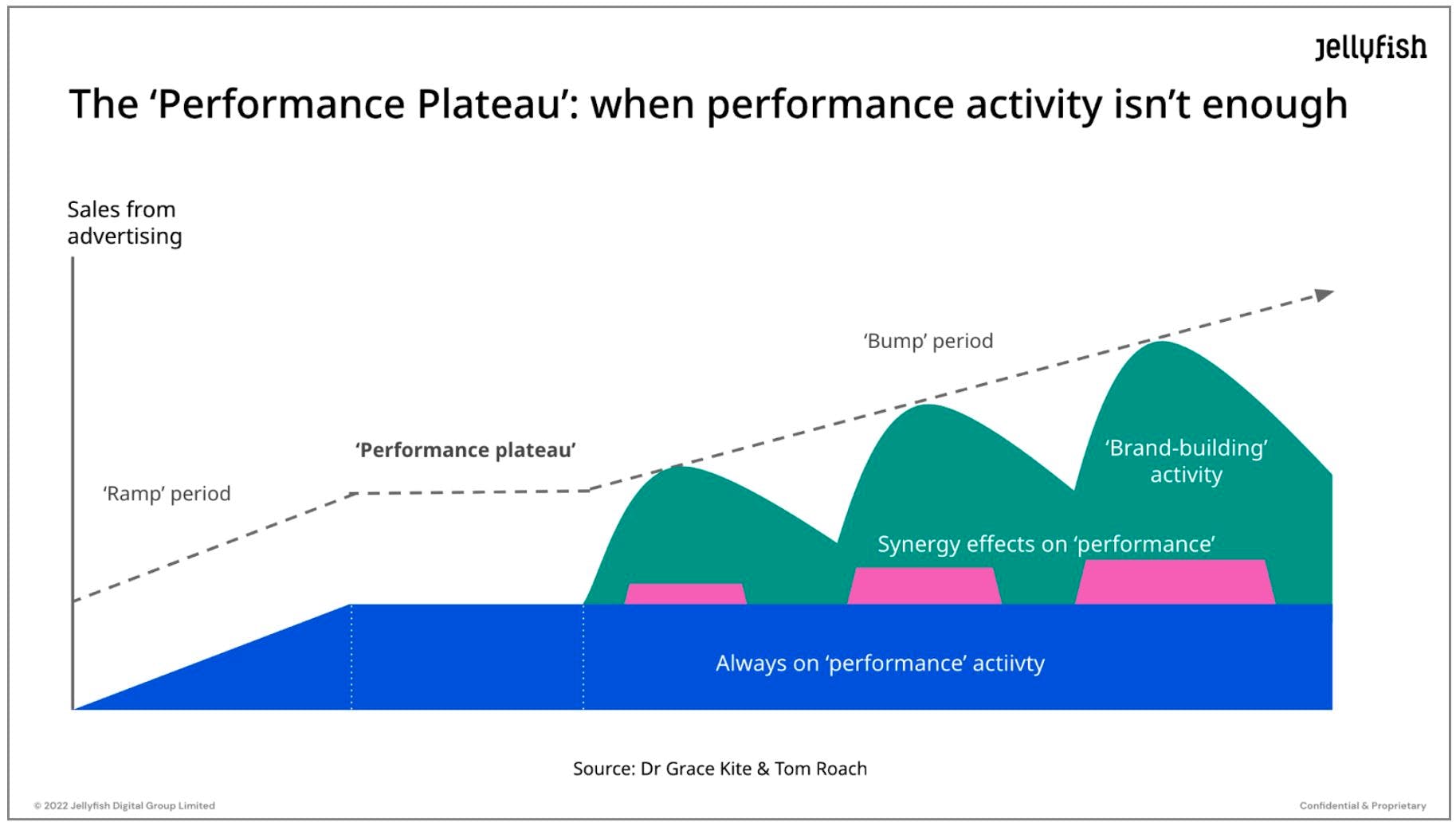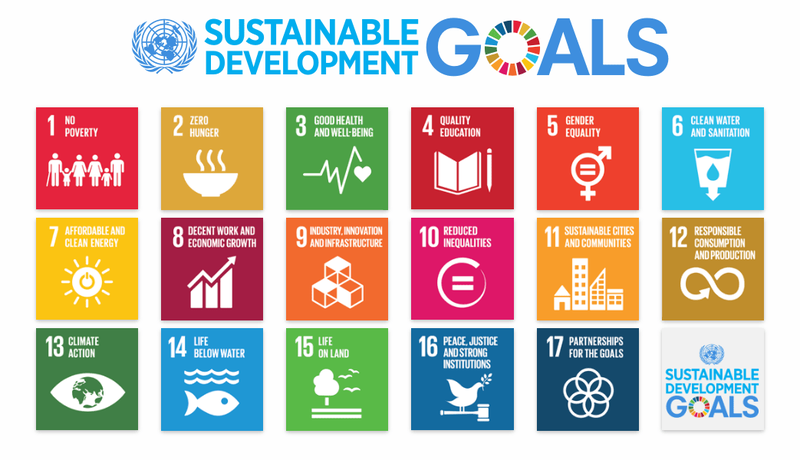How to avoid the trap of greenwashing marketing
Learn how to avoid greenwashing in marketing by making accurate and transparent sustainability...
By: Johannes Fiegenbaum on 4/30/24 11:19 AM

It is important for start-ups to develop their brand and branding right from the start, because as a small, perhaps still unknown company, they have to do much more to stand out from the competition. Strong branding is the be-all and end-all for every successful company - regardless of whether it is a start-up or an established corporation. After all, a brand is so much more than just a logo or a name - it is a piece of identity that creates consistency, trust and emotion. Branding also represents the business model, the target group, the values and the mission. After all, customers want their needs to be heard and understood.
Why branding is so important for start-ups
Branding compared to performance marketing
Examples: Companies and brand development
The minimum viable brand concept
The brand can be a growth driver for companies, because every marketing action has an effect on the user and can influence purchasing behavior accordingly. For this reason, long-term brand building should be part of the marketing strategy. By establishing points of contact with the target group, users can become customers. This is because positive memories that a user has with a brand can have a positive influence on the purchase decision. And that is ultimately the goal of a company: to constantly generate sales and profits and build a strong community.
Take a look at my article on general startup marketing strategy for more insights.
What is the difference between good branding and performance marketing? Through organic brand building, demand can be generated in the target group with the help of identification and relation, which is paid for in performance marketing. Through digital transformation processes and the use of performance marketing, companies achieve one thing above all: fast feedback, fast key figures, fast results. As a result, marketing is increasingly focusing on short-term measures and long-term strategies are taking a back seat. This is why start-ups and small companies should evaluate and define the results of short-term or long-term campaigns. This allows the strategy to be adapted and the results to serve as a communication basis for the budgeting of marketing campaigns.
The interplay between brand and activation is essential for continuous brand development. This is also shown in a study by Meta. Five independent studies across various countries and categories in Europe and a large number of campaigns with conversion lift tests were carried out in order to calculate the short and long-term ROI of advertising across various media channels.
The result: brand advertising can lead to more sales in the short term compared to pure performance.
In the past, focusing on the people most likely to respond to conversion campaigns was the most efficient way to generate direct sales. But the rules are changing. Targeting reach can help campaigns reach more new customers cost-effectively.
In this meta-analysis of 40 conversion lifts, Meta found an 87% correlation between the size of the audience reached and the volume of additional purchases.

When implementing such a strategy, it is important to set realistic KPIs and adjust the budget accordingly. As soon as results from both measures are available, they can be optimized. The same applies here: test, test, test - but don't miscalculate.
Les Binet provides further further useful tips in thisuseful tips in this interview:
Overall, the interaction can also be summarized in the following graphic. This and similar illustrations are often shown by Les Binet and colleagues. Without brand building, you eventually reach a plateau. No new people are reached and sales level off. With brand building in the form of emotional communication and the goal of reach, new user groups are reached who potentially become customers.

Success can be measured with a mixture of experiments, conversion lift/geo lift and marketing mix modeling. However, this requires minimum expenditure in order to be able to prove effects.
Les Binet gives a fitting example of how large companies are also rededicating themselves to brand building:
"Companies like Google and Amazon have spent 20 years building a long line of performance data, and they are the ones who are now reinvesting in traditional advertising media like television and outdoor advertising. The rest of the marketing community should take note." (Source)
The creative agency Jung von Matt has published its German Startup Brand Ranking listed various companies that can be seen as role models in the start-up scene because they have cleverly driven forward their brand development.
In first place is "air up", a brand that has only been in existence for three years and has already achieved 35% brand awareness and just as much identification and appeal as its competitors in the beverage manufacturer sector thanks to various brand building measures, including influencer marketing.
Lena Jüngst, co-founder of air-up, says: "We see ourselves as a brand that creates products and experiences for a new and very selective generation of consumers. They are - rightly - increasingly questioning which products they buy and which companies they support. Branding has therefore played a major role right from the start."
And Dr. Kati Ernst from ooia says something very important: "Every product, every service, every app can be copied. ooia focuses on two things: consistent product innovation - and "obsession" for our brand. So on the first day of our founding, it wasn't just about product development - we immediately started building the ooia brand world. Every copy, every
creative, every touchpoint with customers passes on the feeling of ooia, every cooperation partner reflects our principles and aesthetics. Like a common thread that weaves through everything."
These examples show: Brand is becoming increasingly important and should be an integral part of every marketing strategy.
Start-ups often have little budget. How can they still succeed in building a successful brand? This is possible with the MVB approach, the minimum viable brand concept. This involves defining the most efficient parameters for brand development and then focusing precisely on these. Minimum costs, maximum impact. Brand building can then be implemented in as little as six to eight weeks.
The following questions can be used to apply the MVB in your own start-up:
Source: https://www.thefabers.de/blog/startup-branding
When it comes to branding, it is particularly important that potential customers understand exactly what the brand does and what added value it offers so that the brand is not interchangeable. Start-ups often need a leap of faith as they are not yet widely known. This can be achieved with uniform branding that radiates orientation, consistency and professionalism in order to be remembered and generate long-term sales.

Companies do not operate in a vacuum. They are just as dependent on our natural resources as we all are. In a world where these livelihoods are increasingly eroding and legislators and consumers are responding, integrating sustainability principles into the brand not only offers a competitive advantage, but can also strengthen brand identity and increase customer loyalty.
By putting sustainability at the heart of your brand strategy, you can not only make a positive contribution to environmental protection, but also strengthen your business and build a more loyal customer base. Sustainability is therefore not a short-term trend, but an essential part of modern brand building. However, please be careful not to fall into the trap of greenwashing, but to substantiate every "green claim".
If you have any questions, please feel free to contact me at any time.
How do I define my brand and what are the most important elements?
The minimum viable brand concept is a good approach for defining all relevant points, i.e. the mission, vision, USPs, logo and look.
How do I communicate my brand and which channels do I use for this?
The most accessible online platforms are Meta, TikTok and Pinterest. Whereas Google, depending on the industry, may already be too expensive. PR is also a relevant channel for attracting attention at an early stage via other media and thus building trust.
How do I achieve a high level of brand awareness and how do I measure the success of my brand development?
Above a certain size, it is possible to measure your own brand awareness using the share of search methodology. This is the best way to obtain figures, especially for start-ups that cannot conduct large measurement studies. For the share of search, you take the total number of all organic searches for a brand via Google Trends and divide this by the total number of all organic searches for all brands in the relevant category over a certain period of time.
How can I differentiate my brand from the competition and make it unique?
Through strong positioning and creativity in communication. Brands that develop and consolidate distinctive brand values build memory structures that last longer and fade more slowly. "People forget what you said, people forget what you did, but people never forget how you made them feel."
How do I maintain my brand and how do I ensure consistent brand communication?
Brand maintenance means adapting in order to remain relevant. I wrote a lot about this in this article on marketing strategy in times of crisis.
How can I strengthen my brand through customer service and satisfaction?
Ducking away is no longer an option. Social media, messenger and chatbots can ensure accessibility. I have summarized some points in this article on Whatsapp Business. Even better if customers are actively asked and they have the feeling that their needs are being addressed and changes are being made.

ESG and sustainability consultant based in Hamburg, specialised in VSME reporting and climate risk analysis. Has supported 300+ projects for companies and financial institutions – from mid-sized firms to Commerzbank, UBS and Allianz.
More aboutLearn how to avoid greenwashing in marketing by making accurate and transparent sustainability...
In today's rapidly evolving business landscape, sustainability has transformed from a peripheral...